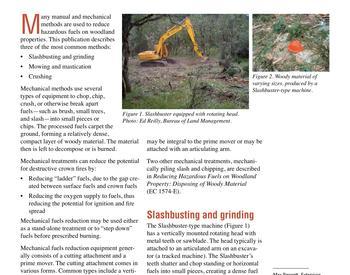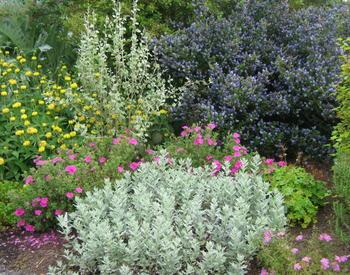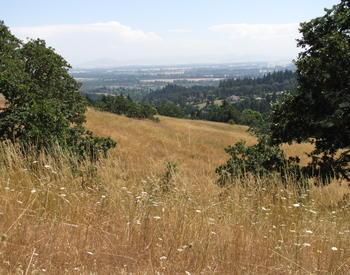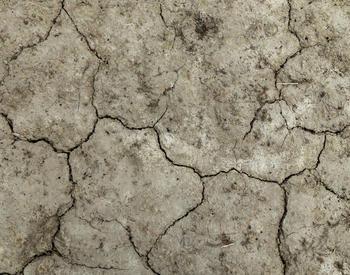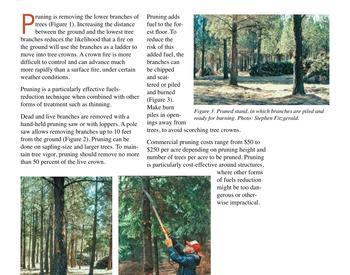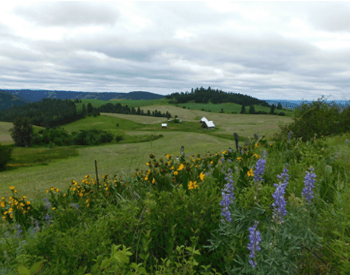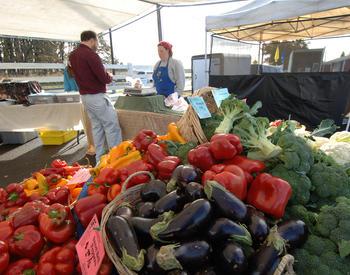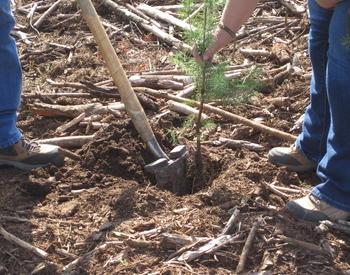When you plant a tree in the forest, you expect Mother Nature to take care of the its water needs. But with recent hotter drought conditions in Oregon, many landowners are experiencing massive die-offs of newly planted native forest seedlings, Douglas-fir for example.
Over the past few years, I’ve heard countless stories from small woodland landowners and owners of private industrial timberlands who have planted an area multiple times to achieve a successful regeneration of that forest site. This isn’t what you expect when you reforest an area, but sadly, it’s becoming more common.
For some landowners, watering newly planted native forest seedlings is becoming more and more appealing, as it may thwart the potential for massive seedling die-offs. This helps provide much-needed water through the hottest and driest part of the season and can minimize the mortality experienced on a site, thus saving the landowner both time and money that would be required to complete additional plantings.
But it’s not realistic, nor best practice, to bring supplemental water to trees across a landscape. Rather, this practice may only be practical for selected high priority locations for the purpose of ensuring seedling survival in the first few years. So, what can you do to prevent seedling mortality during our hotter and drier summer months?
Plant in the winter, go native
First and foremost, plant trees during the winter. January through March is the best time to plant trees at low elevations in Western Oregon. The soil is moist, trees are dormant, and once planted, they have adequate time to establish their roots before the summer heat hits.
Just as important as timing is selecting species of trees that are native and adapted to your specific site. Source trees from reputable nurseries that grow seedlings collected from the correct seed zone for your area. Seed zones contain genetically similar trees within a species.
Be sure to provide adequate control measures for competing vegetation such as herbicide and manual vegetation removal. Species such as grasses, shrubs and even other non-target tree species will likely hog much of the water available on a site, leaving your newly planted seedlings thirsty and fighting to survive.
Proper watering
If you take all the proper steps to plant the right trees in the right place at the right time, in a “normal” year, you could expect the majority of your seedlings to survive. However, with today’s climate, it’s becoming more and more tricky on some sites to ensure seedling survival. In that case, you might choose to water select areas of seedlings to help ensure their survival. You might choose areas close to a road with easy access, or near your home in your viewshed. You can do it by hand, with a bucket (poke holes in the bottom for slow release), or sprinkler system.
Concentrate on watering during the warmest and driest months, often mid- to late summer in Western Oregon. However, you might need to adjust this based on your soil type and depths, microclimates, tree size and/or tree species. Many trees only need supplemental irrigation for the first couple of years they’re in the ground, after which their roots should be established enough to absorb natural moisture and withstand summer drought conditions. The majority of their water-absorbing roots are in the upper 12-18 inches of soil for most native trees in Oregon.
A good rule of thumb is to provide five to 10 gallons of water for every inch of the tree’s diameter. It’s important to avoid overwatering, as that can waterlog the soil by drowning roots and killing them. These symptoms can be confused with drought or nutrient deficiencies, such as yellowing leaves that drop early, poor growth rates, a thinning canopy, or a dead tree top, making a death diagnosis even harder to discern.
Trees need long, slow, and deep watering to encourage deeper root growth. Don’t just dump a bucket of water on the ground around the tree and leave – that will only target the surface roots, and most of it will run off.
- Use soaker hoses, passive irrigation — such as using or creating swales to catch water — drip irrigation, and hand-watering. They all provide options for the long, slow, and deep watering that you’re trying to achieve.
- Target the tree’s root base and around the drip line, which is the area directly beneath the tree canopy, but don’t let the water spray on the tree’s leaves, as that can be an invitation for disease.
- Water during the cooler parts of the day — preferably in the morning — and consider mulching around the trees to encourage moisture retention. You can create a “donut” of mulch around the tree, but don’t let the mulch touch the tree trunk.
- Avoid fertilizing your trees. It will not “green up” dying foliage and actually increases the water needs of the tree because it spurs growth. Wait until the tree is not water-stressed to fertilize and always follow the label.
While watering hundreds or thousands of trees in the summer is not realistic for landowners with sites facing drought stress, you might find it worthwhile to target the higher value/use areas of your property. If you plant trees properly and find that you have to replant an area, evaluate the species you previously selected and consider incorporating more drought-tolerant species into your future plantings. These include ponderosa pine, incense cedar and Oregon white oak. It’s tough to be an Oregon tree right now, but we can all play a part in helping them stay green.

